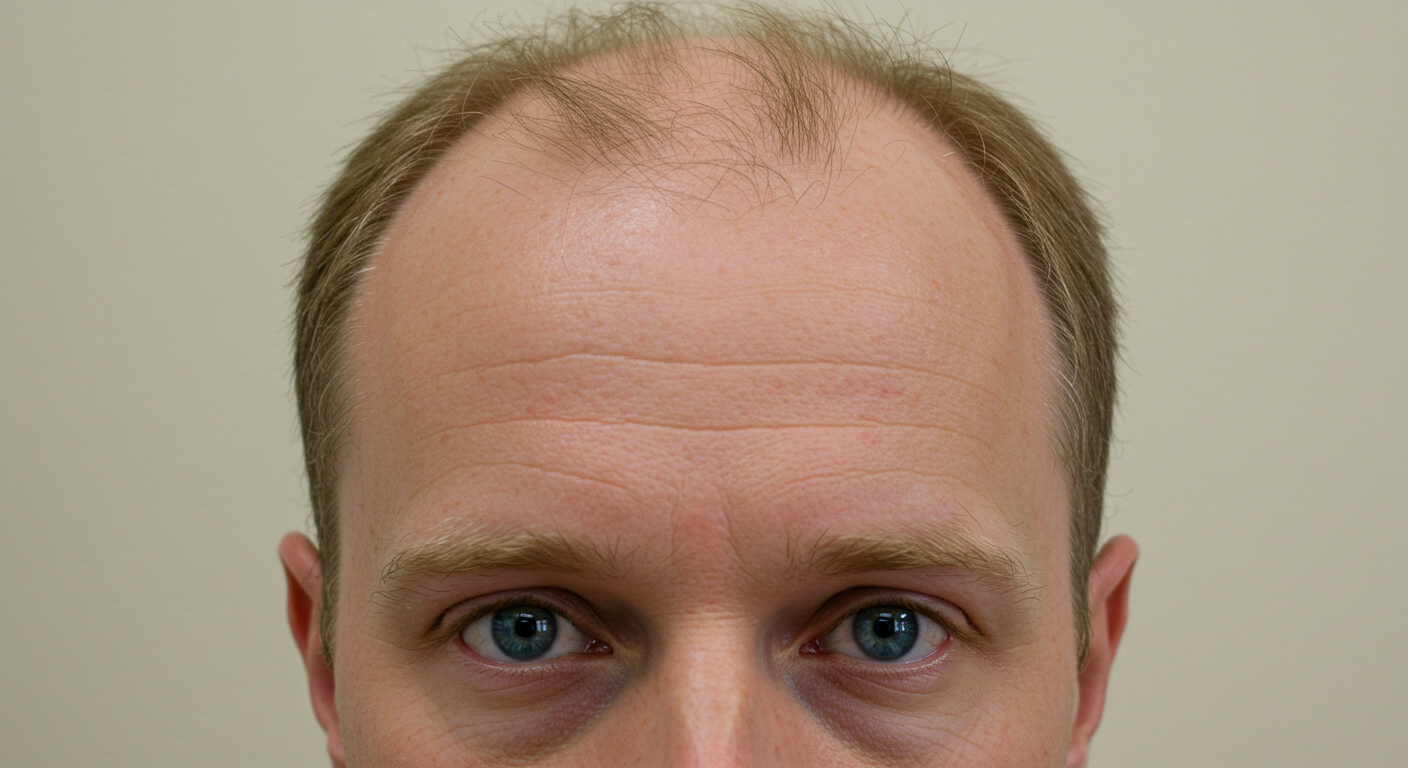Dr. Kumar’s Take:
The study suggests that oral and topical saw palmetto oil may help reduce hair loss and improve hair density in individuals with androgenetic alopecia (AGA). The oral formulation significantly lowered systemic dihydrotestosterone (DHT) levels, while the topical version did not.
Brief Summary:
A 16-week randomized, placebo-controlled study evaluated the effects of a commercially available standardized saw palmetto oil, on hair loss. The study included 80 male participants with mild-to-moderate hair loss. Results showed a significant reduction in hair shedding, increased hair density, and a decrease in serum DHT levels with oral supplementation. The topical formulation also improved hair density but had no impact on systemic DHT levels. No serious side effects were reported.
Key Takeaways:
✔ Oral saw palmetto reduced hair shedding by up to 29% and significantly lowered DHT levels.
✔ Topical saw palmetto improved hair density but did not affect systemic DHT.
✔ No major side effects were observed, but longer studies are needed for definitive conclusions.
Study Design:
This was a 16-week, double-blind, placebo-controlled clinical trial involving 80 male participants with mild-to-moderate hair adrogenic alopecia. Subjects were randomized into four groups: commerically available oral saw palmetto (400 mg/day), oral placebo, commerically available topical saw palmetto oil (20% solution applied daily), and topical placebo. The study assessed hair shedding (comb and pull tests), hair density, thickness, and changes in serum DHT levels.
Results:
✔ Oral saw palmetto led to a 29% reduction in hair shedding and significantly decreased serum DHT levels.
✔ Topical saw palmetto oil improved hair density by 7.61%, but did not affect DHT levels.
✔ Self-reported satisfaction was higher in the oral group, while the topical group showed mixed results.
✔ No major adverse effects were reported.
How Saw Palmetto Works for Hair Loss
Saw palmetto (Serenoa repens) is believed to work by inhibiting 5-alpha-reductase, the enzyme that converts testosterone into DHT. By reducing DHT levels, saw palmetto may help prevent hair follicle miniaturization, which is the primary mechanism behind androgenetic alopecia.
The study findings support this mechanism of action, particularly for oral supplementation which showed a measurable decrease in serum DHT levels.
Related Studies and Research
Saw palmetto is one of several treatments studied for hair loss. To explore other approaches, consider:
- Androgenetic Alopecia Treatments: A Comprehensive Review – Where saw palmetto fits among pharmaceutical and non-pharmaceutical interventions.
- Low-Level Light Therapy: A Drug-Free Approach to Hair Regrowth – Understanding how light therapy compares to botanical DHT inhibitors.
- Microneedling and Hair Growth: Can Skin Stimulation Improve Results? – Investigating whether microneedling enhances the absorption of natural hair growth products.
- Minoxidil, Finasteride, and Dutasteride: A Scientific Comparison – Examining how pharmaceutical DHT blockers compare to natural alternatives like saw palmetto.
Frequently Asked Questions
How long does it take to see results with saw palmetto for hair growth?
Based on the study, participants began seeing measurable results after 8 weeks, with optimal results at 16 weeks. As with most hair growth treatments, patience is key.
Are there any side effects of using saw palmetto?
The study reported no serious adverse effects. Mild side effects may include digestive discomfort. Unlike finasteride, saw palmetto typically doesn’t cause sexual side effects.
Can women use saw palmetto for hair loss?
The study primarily focused on male participants. Women should consult with a healthcare provider before using saw palmetto, especially if pregnant or breastfeeding.
How does saw palmetto compare to prescription medications?
While prescription medications like finasteride may be more potent, saw palmetto offers a natural alternative with fewer reported side effects. The efficacy gap appears to be smaller for mild to moderate cases.
Conclusion:
Saw palmetto shows promise as a natural alternative for treating androgenetic alopecia, particularly for those seeking options beyond conventional medications. While the evidence suggests modest efficacy compared to pharmaceutical treatments like finasteride, its favorable safety profile makes it an attractive option for many patients. As research continues to evolve, saw palmetto may become an increasingly important component of comprehensive hair loss treatment protocols.


